A Bird's Nest in A Prehistoric Tomb
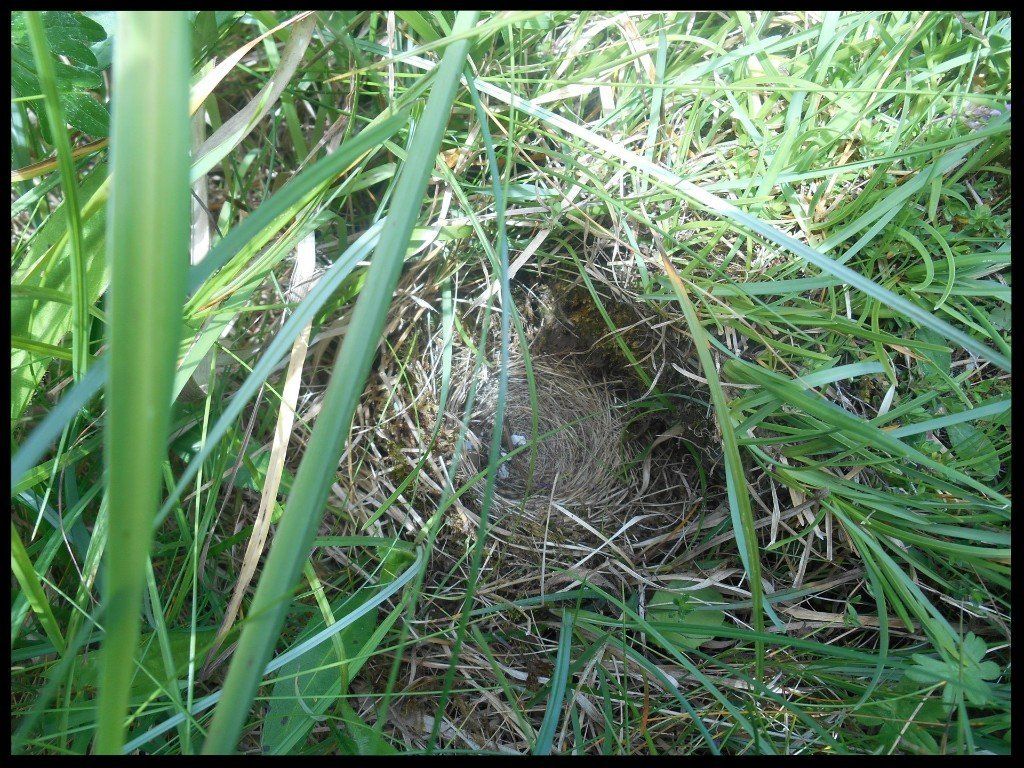
I led a Dutch group on a wild flower walk in the summer of 2016. The walk took place in Ballyryan on the coast in the south west of the Burren. Ballryan is a botanical paradise located in an extensive area of limestone pavement and thin soils . Huge numbers of visitors stop at Ballryan everyday in high season to take in the dramatic views of the Burren, Galway Bay, the Aran Islands and Connemara.
Our last stop on the walk was a wedge tomb. Wedge tombs date from the Late Stone Age in Ireland, 5,000 to 4,000 years ago. The wedge tomb is in fact the last in the sequence of megalithic tombs from the Stone Age period in Ireland (6,000 to 4,000 years ago). Wedge tombs are so called because they are funnel-shaped - one end wider than the other.
I was holding forth on the historical context of the tomb when a birder in the company drew our attention to a nest in the tomb. There were two eggs in the nest at the time. The gentleman was able to identify the bird as the meadow pipit ( Anthus pratensis
) from its eggs. The bird's's eggs are pale creamy-grey with fine brown speckles.
There are eight pipit species in Ireland. Six of them are rare. The two widespread residents are the meadow and the rock pipit (Anthus petrosus). The rock pipit is found along rocky coastlines whereas meadow pipits prefer open country. Pipits are small passerine birds - passerine meaning of the order of Passeriformes. More than half of all bird species are part of this order. Passerines are distinguished from other orders by the toe arrangement - three toes pointing forward and one backward in order to facilitate perching.
Pipits are so called because of the "pipit" sound of their call note. "Meadow" is explained by the fact that meadow pipits are ground nesting birds - favouring habitats like bogs, uplands, scrub and pasture. They are quite small - only about 14 centimetres in length and are mainly brown above and buff in colour below. Birder Liam Lysaght remarks "The meadow pipit is not one of nature's most spectacular birds, being the archetypal "little brown bird". A similar species is another ground-nesting insectivore, the skylark ( Alauda arvensis
). Liam comments that "while the skylark could be considered the diva of open country, at best, the meadow pipit could only be considered an understudy."
The nest at Ballryan was located in pasture. Cattle graze in the area in winter only. (They graze in the Burren's fertile valleys in summer). Pipits like to nest in low-intensity agricultural landscapes like this one. They feed on insects and invertebrates. Ballyryan is not only rich and varied in wild flowers species but also in insect and invertebrate types due to the "sympathetic "farming model.
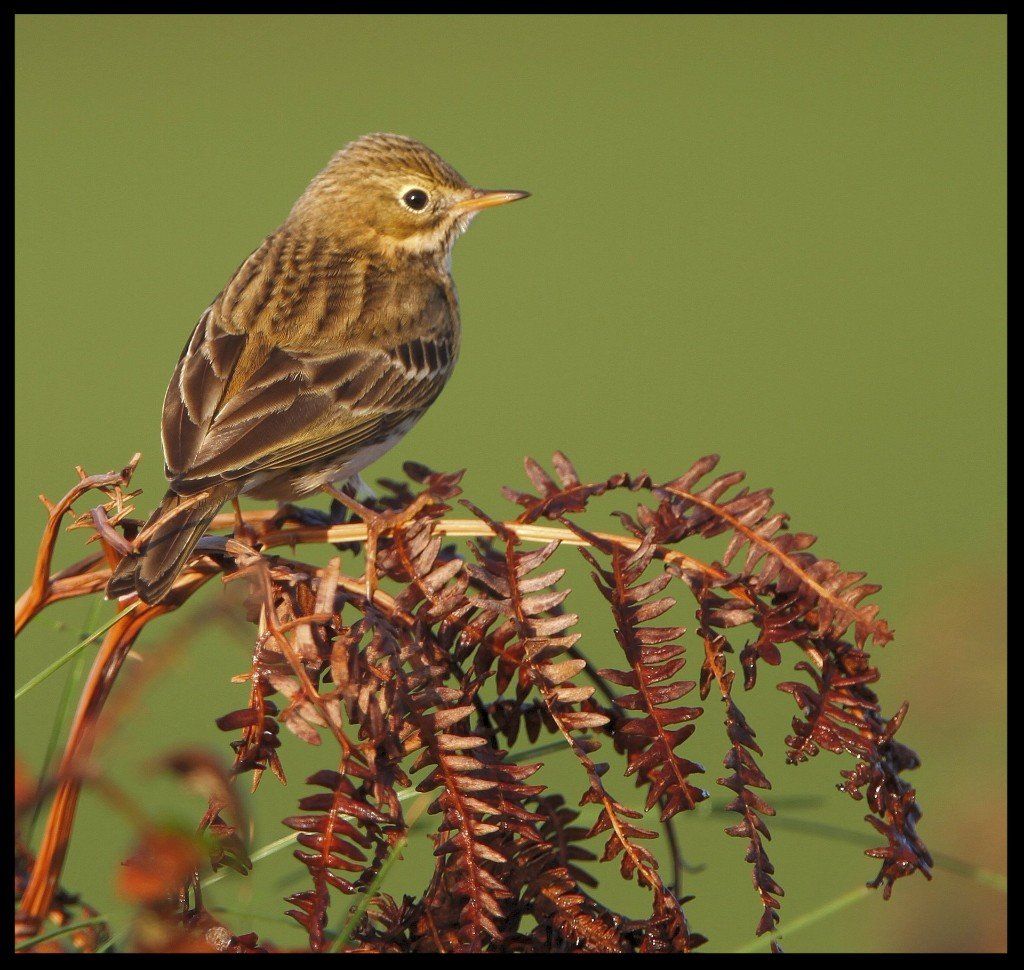
The nest was situated in dense vegetation in a hollow as the bird tries to avoid the attention of its predators. The pipit is very keen also to escape the notice of the common or European cuckoo ( Culculus canorus ). Millions of cuckoos decamp from central and southern Africa to Europe each spring for the breeding season. The cuckoo is a parasite. It does not construct nests for its brood. Rather it steals the egg of another bird and places its egg in the nest of the host bird instead.The eggs of cuckoos which parasite host birds are designed to look like the eggs of the host birds.The baby cuckoo hatches before the rest of the young and proceeds to eliminate them all! Thus baby cuckoo then receives all the attention of the bereaved host bird. The meadow pipit is the most frequent victim of the cuckoo in Ireland . This fact is reflected in some of the bird's names in Irish - banaltra na cuaiche (the cuckoo's nursemaid) and giolla na cuaiche (the cuckoo's servant).
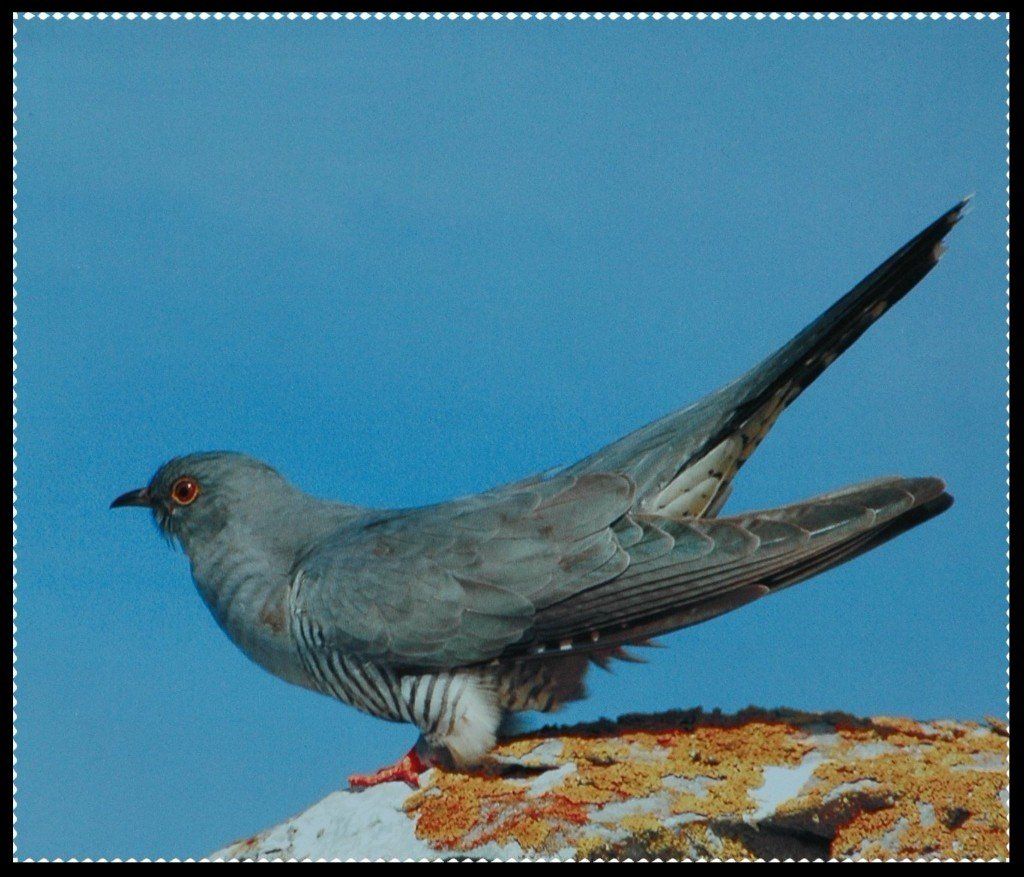
Ballryan wedge tomb is the most westerly prehistoric tomb in the Burren. It is located about 30 metres east of the shoreline. There are about 75 wedge tombs in the small Burren region out of a total of more than 500 in all of Ireland. The entrances are always aligned to the west/south-west, directed towards the setting sun. The Ballryan monument is about 2 metres long. The longest in Ireland is in County Cork at about 7 metres.
Wedge tombs can be variable in form. The Ballryan tomb is unusual in that the orthostats, (upright slabs of the chamber), are set in the ground. The chamber walls of megalithic tombs usually project to a height of between 1 and 2 metres above the surface. Perhaps our ancestors in Ballryan case decided to purposefully build the tomb in the earth.
Another notable feature at Ballyryan is that the capstone of the tomb is not evident. It may well have collapsed sometime in the past. As the tomb is so obscure diagnostically, very few people know of it and we can classify it as a secret of the Burren.
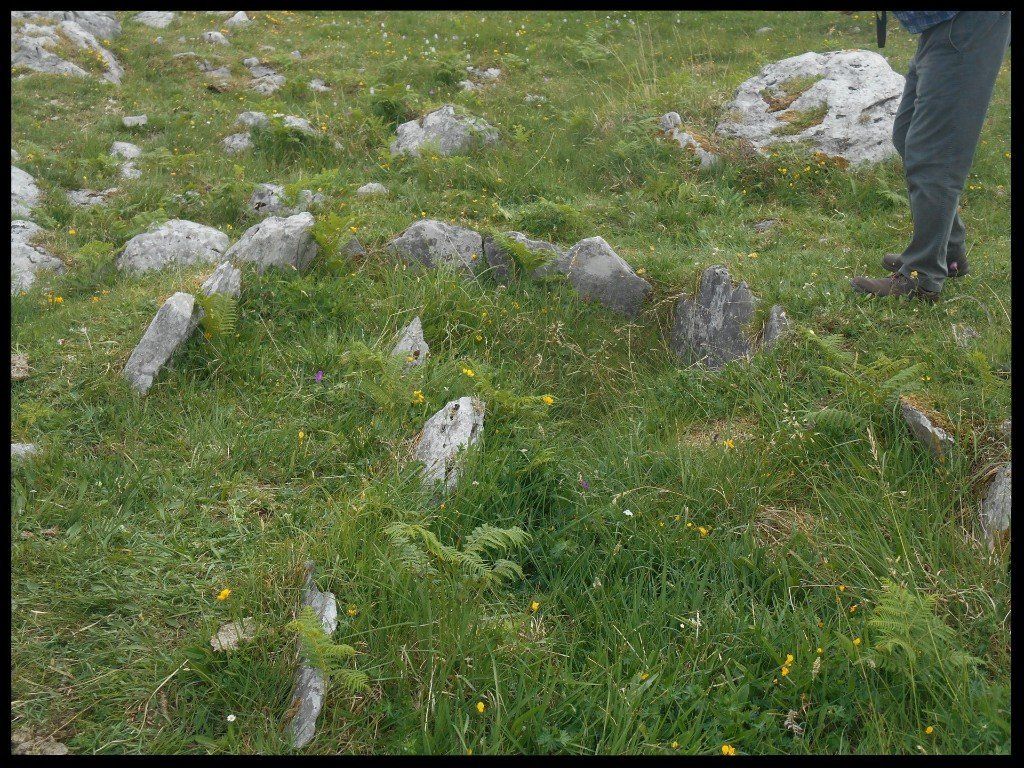
Meadow pipit eggs hatch within 10 to 14 days. I returned about a month after we had spotted the eggs. The nest was empty. I will never know if the pipit brood had a safe birth or was it obliterated by a baby cuckoo. My hope is that the cuckoo failed to parasite in this case and that the pipit successfully re-invented the house of death as a house of life.
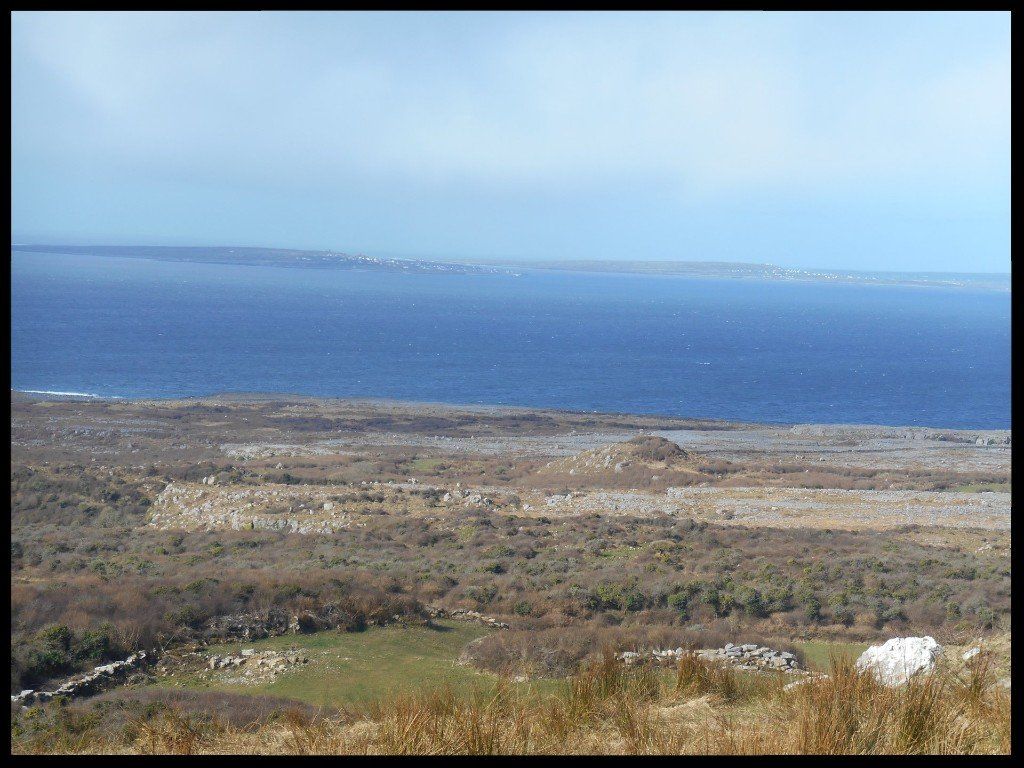
REFERENCE
An Atlas of the Breeding Birds of the Burren and the Aran Islands by Liam Lysaght. BirdWatch Ireland. 2002.
DEDICATION
The blog is dedicated to the memory of Gerry Hartigan of Lahinch, County Clare. Gerry passed away in 2012. He was a pure gentleman, community activist and eminent local historian. It was Gerry who brought my attention to the Ballyryan tomb in the first instance.



